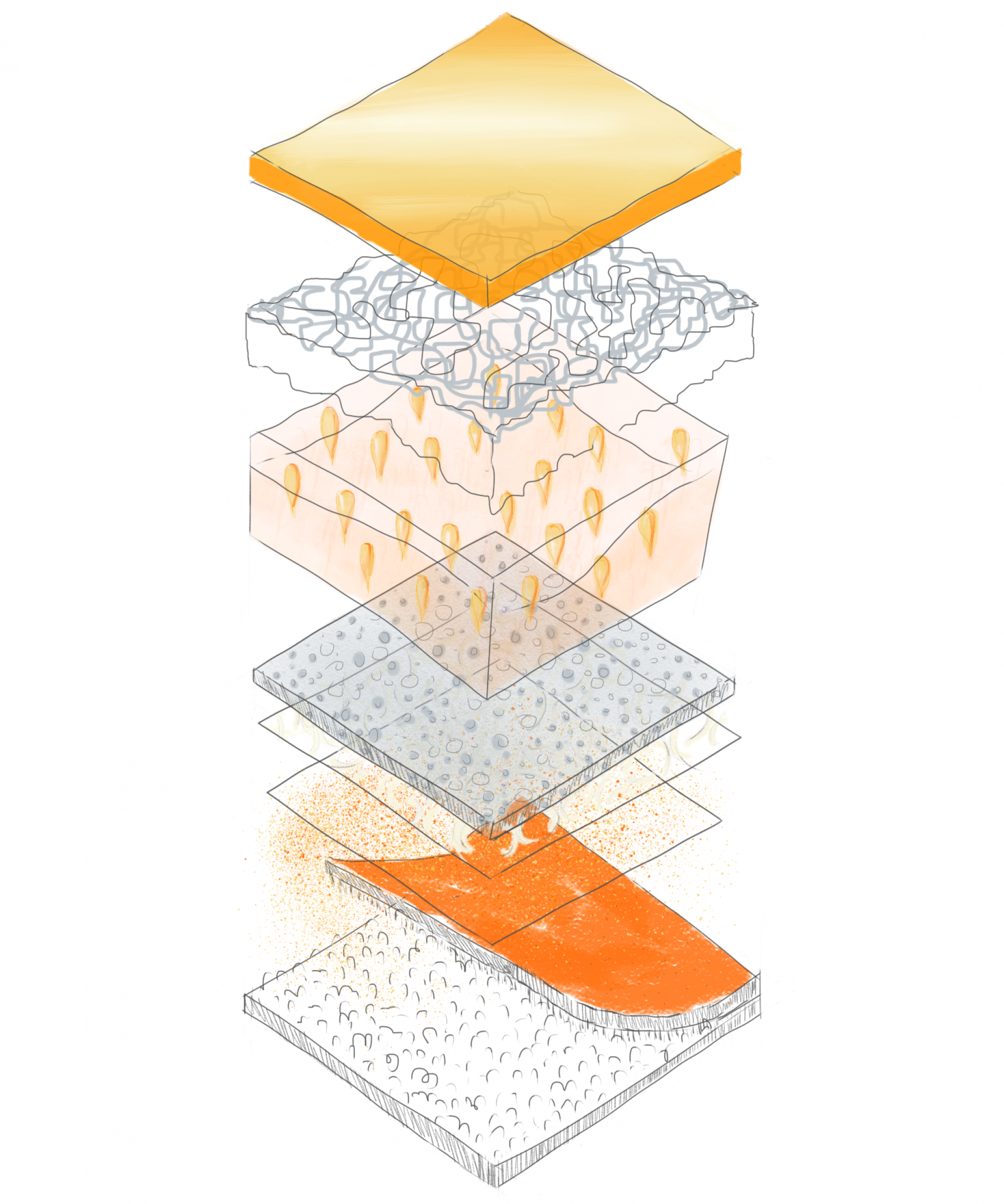Centre for Interactive Research on Sustainability (CIRS)

CIRS is built on a slope.

Its LID system bascially consists of the green roof, rain garden, and water treatment system. Stormwater is collected from the highest roof top and storaged by underneath cistern, treated by water treatment plant, and finally supports back to the daily uses in the building and also irragate the rain garden and the verticle planting.












